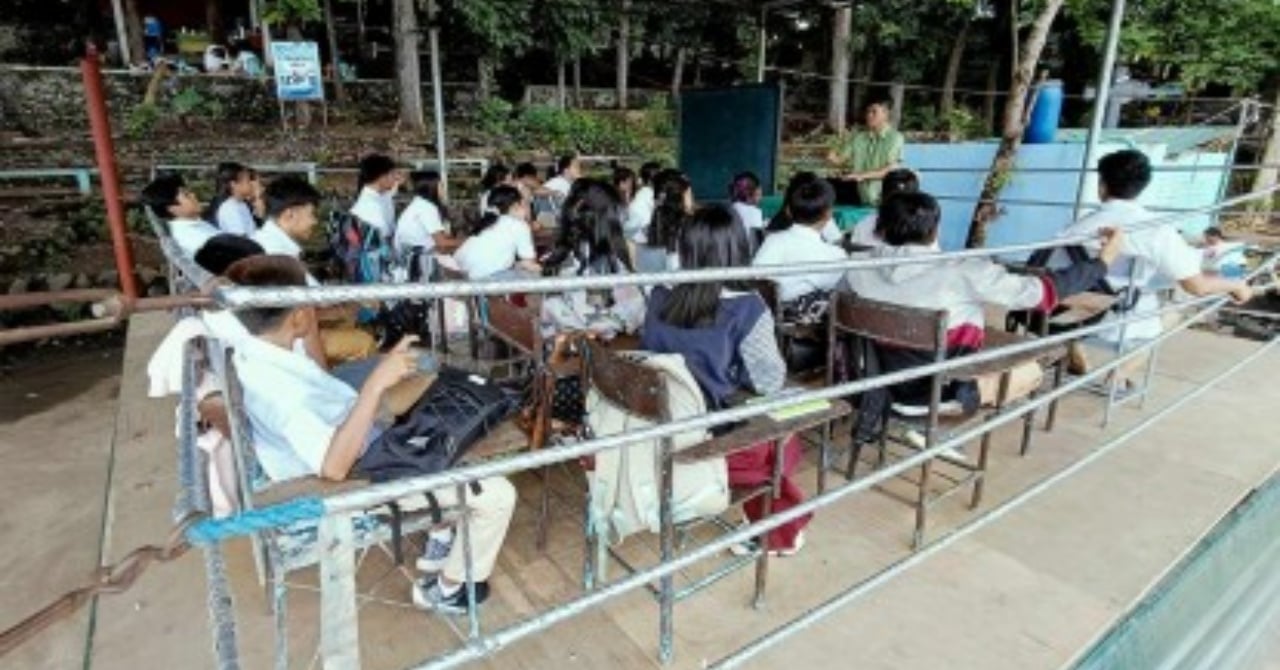In a bold move to address the country’s persistent classroom shortage, the Department of Education (DepEd) is proposing a policy shift that would allow local government units (LGUs) to directly lead school infrastructure projects.
Education Secretary Sonny Angara unveiled the plan during a House Committee on Appropriations hearing on Wednesday, emphasizing the need to cut delays and empower communities to build faster.
“Every classroom we add brings hope and opportunity to learners,” Angara said. “But delay in construction means children wait longer than they should. That is why we are looking for ways to build faster and smarter, with partners who are closest to the ground.”

A Ground-Level Approach
The proposed policy would reduce DepEd’s reliance on the Department of Public Works and Highways (DPWH), which currently oversees most school construction projects. Angara argued that tapping LGUs—especially those with proven technical and financial capacity—could streamline processes and bring infrastructure closer to completion.
DepEd plans to seek flexibility in the 2026 national budget to operationalize the shift. Under the new framework, LGUs would be accredited based on their ability to manage construction projects, while DepEd would retain oversight of standardized designs and safety protocols. DPWH would still be involved in areas requiring national-level coordination.
Urgency on the Ground
The urgency of the initiative is underscored by scenes like those at La Castellana National High School in Negros Occidental, where students have been attending classes outdoors due to a lack of classrooms. A photo taken on June 16, 2025, shows learners gathered under makeshift shelters—a stark reminder of the infrastructure gap.
Angara acknowledged that not all LGUs are equally equipped. To support low-income municipalities, DepEd is exploring mechanisms such as technical assistance, co-financing arrangements, and capacity-building programs.
Private Sector Momentum
Since assuming office in July 2024, Angara has secured over PHP458 million in private sector commitments, resulting in at least 84 new classrooms and several facility upgrades. He credited the growing collaboration among LGUs, civil society organizations, and private donors for driving innovation and urgency.
“Our partners have shown they want to be part of the solution,” Angara said. “What we hope to do is create the space for their contributions to make a bigger impact.”
What’s Next
The proposal is expected to spark discussions among lawmakers, LGU leaders, and education advocates in the coming months. If approved, it could mark a significant shift in how school infrastructure is delivered—one that prioritizes local agility and community ownership.
For Filipino families, especially in underserved areas, the move offers a glimmer of hope: that classrooms won’t just be built faster, but built where they’re needed most.
—
For updates on education reforms and LGU initiatives, follow @DepEd_PH and your local government’s official channels.
